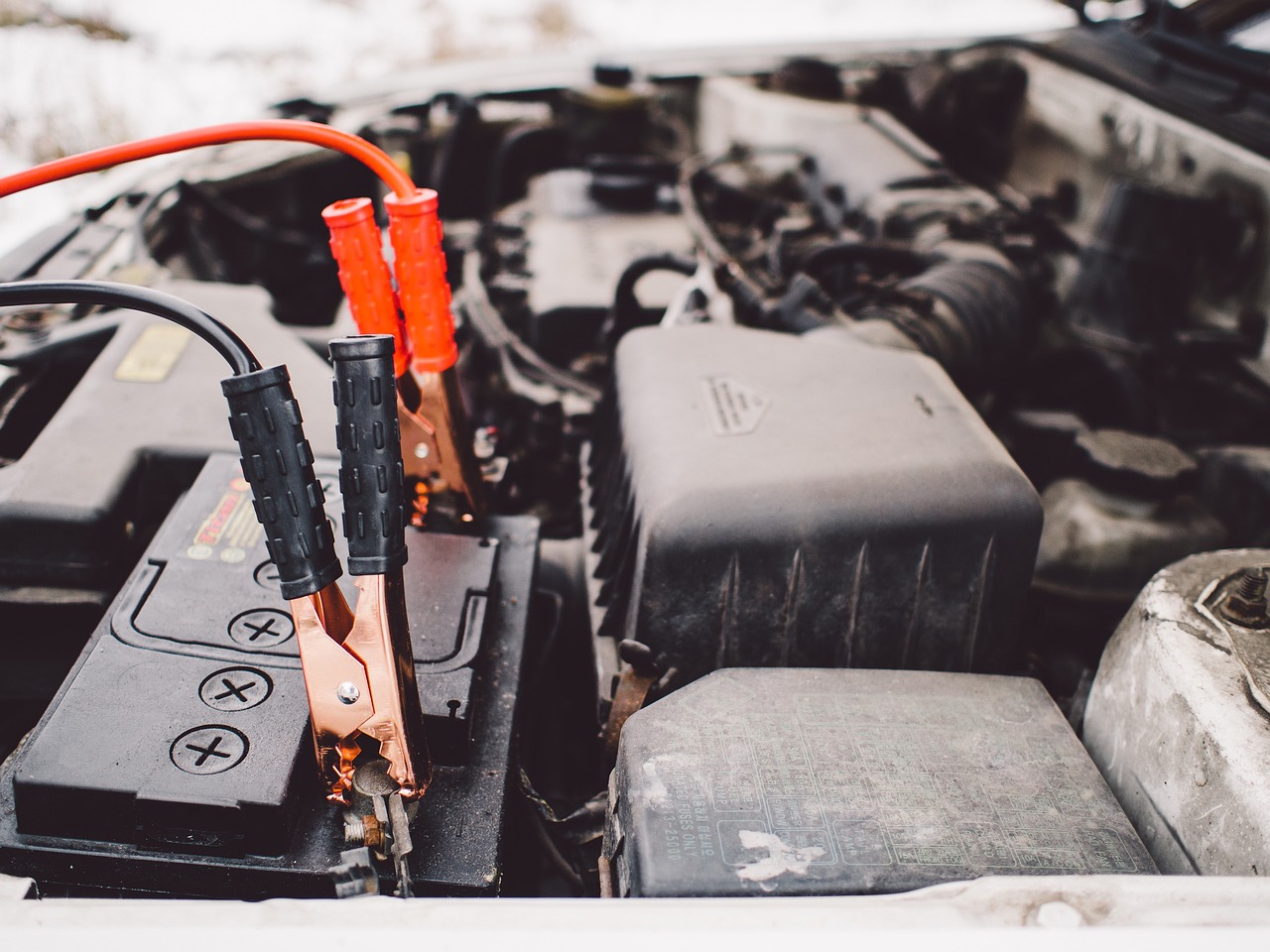So, you’ve decided to buy a used car, huh? Good for you! Welcome to the wild and woolly world of steering wheels, horsepower, and smelling the upholstery to make sure the previous owner didn’t have a pet skunk. Buying a used car is a magical journey filled with twists, turns, and — hopefully — not too many repair bills.
Step 1: Admit You Can’t Afford a New Car
Ah yes, the first step to any good decision is admitting your limitations. New cars are for suckers, anyway — those poor souls who believe in the myth of “new car smell” and “reliable transportation.” Clearly, you’re here because you want character and adventure, not a warranty and peace of mind.
Step 2: Determine Your Budget, then Ignore It
Everybody tells you to set a budget before buying a used car. This is adorable. Because once you start seeing all those magnificent rust buckets with ‘affordable’ price tags, you’re going to toss that budget out the window faster than your common sense at a Black Friday sale. But sure, set a budget. Keep telling yourself you’ll stick to it.
Step 3: Do Absolutely No Research
Research is for chumps. Who needs to know what kind of car they want or need when the universe will just provide? Why pore over consumer reviews when you can simply trust Bob, the salesman, who assures you that the 1998 jalopy with the broken tail light and three different types of tires is “a real gem!” But if you absolutely must do some research, don’t get too bogged down. Remember, the whole point is to make this as adventurous and unpredictable as possible.
Step 4: Use Questionable Search Filters
Once you’re on your chosen car-buying website, use filters to find exactly what you don’t need. Looking for a family car? Filter for two-seater convertibles. Live in a snowy area? Make sure to look for rear-wheel-drive vehicles. The aim is to add a little spice to your life. You didn’t choose the used car life for comfort and reliability.
Step 5: Visit The Shadiest Dealer You Can Find
Now that you’ve not done your research and thrown your budget to the wind, it’s time to visit some car dealerships. But not just any car dealerships — look for the ones with questionable advertising and even more questionable ethics. If their slogan sounds like a desperate plea, such as “We’re definitely not a scam,” you know you’ve struck gold.
Step 6: Trust Your Gut, Not Your Eyes or Ears
Who needs to test drive or get a vehicle history when you’ve got intuition? If the car “feels right,” then ignore that it sounds like a coffee grinder filled with gravel. Your gut has never led you astray before, except for that time you ate gas station sushi, but let’s not dwell on the past.
Step 7: Master the Art of Not Negotiating
When the dealer tells you the price, remember that arguing is just so passé. Take the first offer. In fact, offer to pay more to show what a savvy consumer you are. Salespeople love a customer who understands value when they see it, especially when they clearly don’t.
Step 8: Bring Your Most Clueless Friend Along
When it’s time to go look at cars, be sure to bring a friend who knows even less about cars than you do. That way, you can both stand there nodding like you understand what “torque” means while the salesperson drones on about engine specs. A clueless friend also won’t stop you from making an impulsive decision, which is exactly what you want, right?
Step 9: Marvel at the Junk, Ignore the Gems
As you stroll around the dealership, be sure to pay close attention to the cars that clearly have seen better days. Marvel at the duct tape holding the bumpers together and admire the “custom” paint job executed via spray cans. Skip the cars that look well-maintained or have low mileage. They’re just trying to trick you into making a sensible decision.
Step 10: Misunderstand the Concept of ‘As-Is’
Ah, the two most beautiful words in the English language when paired together on a car sales sticker: “As-Is.” This doesn’t mean the car comes with potential problems; it means the car is an open canvas for you to express your inner mechanic, regardless of whether or not you actually know anything about fixing cars. Go ahead, embrace the challenge.
Step 11: Skip the Test Drive, Or Make it a Short One
When the salesperson asks if you’d like to take the car for a test drive, either skip it entirely or just drive it around the parking lot once. You wouldn’t want to discover any issues ahead of time, would you? That would ruin the surprise for later when you’re on a highway and the ‘Check Engine’ light starts flashing like a disco strobe.
Step 12: Don’t Ask for a Car History Report
Why dwell on the past? You’re looking to the future — a future filled with breakdowns, yes, but also lots of character-building experiences. Who needs a Carfax report when you can have mystery?
Step 13: Pay in Cash, Preferably Unmarked Bills
You’ve heard that cash is king, but in the realm of questionable car buying, unmarked bills are the supreme ruler. This will assure that you leave no paper trail of your terrible decisions. Plus, it adds to the overall sketchiness of the transaction, which is obviously the vibe you’re going for.
Step 14: Forget About a Mechanic
A pre-purchase inspection by a certified mechanic? Pfft, who needs that kind of negativity in their life? You can handle whatever this car throws at you. After all, YouTube is a treasure trove of DIY car repair videos. How hard could it be?
Step 15: Ignore All Signs and Seals the Deal
By now you’ve ignored so much good advice that you might as well go all the way. Ignore the rust, the weird noises, the bald tires, and the fact that the air conditioning only works if you’re going downhill. You’ve come this far; you can’t back out now. Seal the deal, shake hands with the dealer and get ready for the ride of your life. Literally.
Congratulations! If you’ve followed these steps, you are now the proud owner of a used car that will give you endless hours of headaches and adventures. But hey, you didn’t get into this for the ease or reliability. You’re in it for the story — and trust me, you’ll have plenty of those.
Oh, and please remember that this article is practically dripping with sarcasm. In reality, buying a used car should involve careful research, budgeting, mechanical inspections, and thoughtful decision-making. But if you insist on throwing caution to the wind, don’t say I didn’t warn you. Happy trails, you brave, reckless soul!



